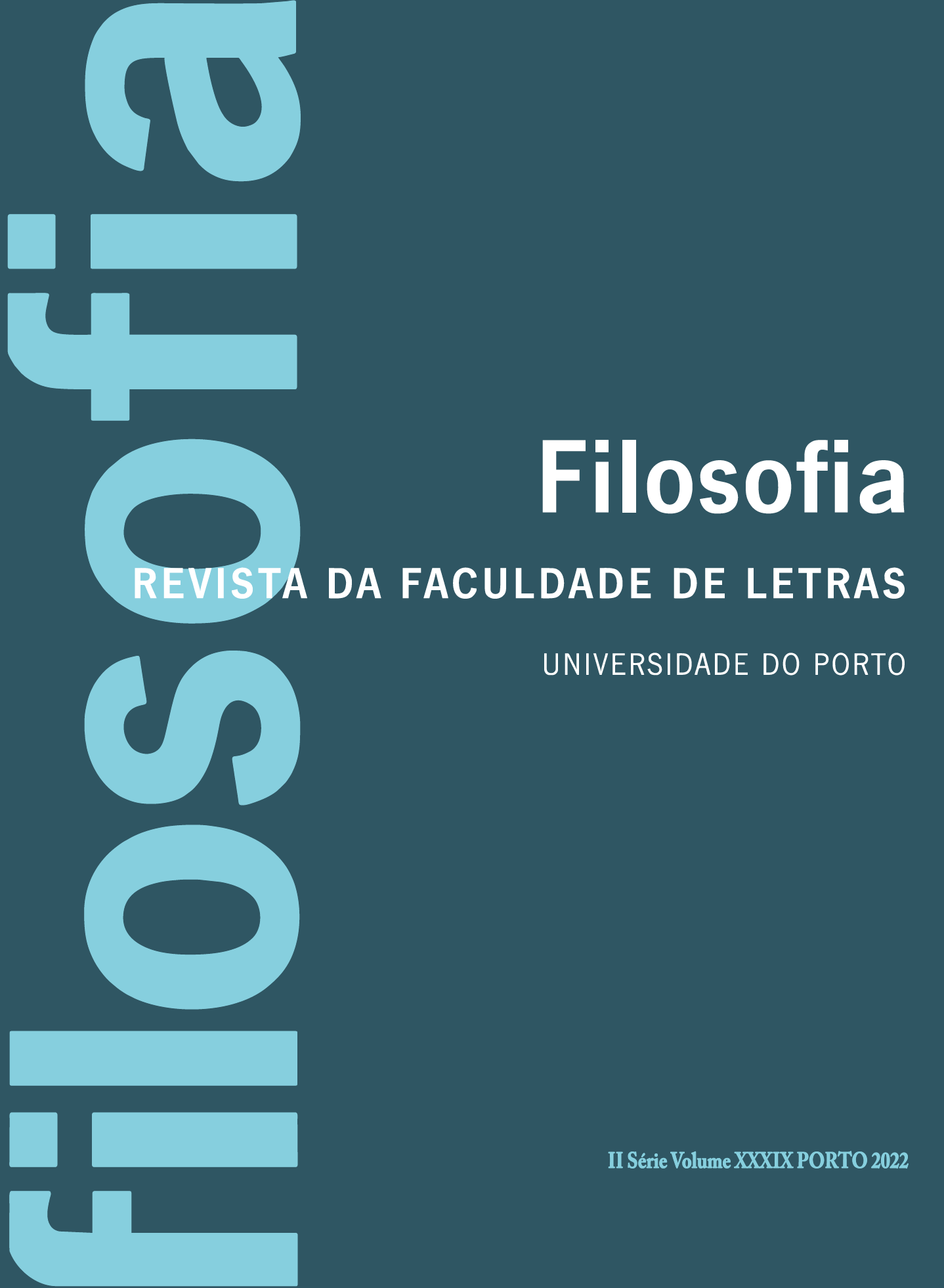Pandemonium and postmedia animism
Resumo
In what follows I distinguish «postmodern animism» from my preferred term «postmedia animism», which I propose is a better term to express a minor, virtual, contrarian art and media. In the time of planetary trauma, ecological devastation and collapse, this term will serve as a heuristic concept to trace the passage from pandemic, panic, catastrophe and crisis to the series pandemonium, delirium and the carnivalesque. My gambit is to invoke a rebellious and affirmative Yōkai imaginary (妖怪, ghost, phantom, strange apparition) in order to contest passive forms of
«transcendental narcissism» or «transcendental miserabilism». 2 This we shall designate as an aesthetics of existence. 3. In particular, I will analyse the relationship between natural disasters and politics within the Japanese imagination through reference to Namazu-e (鯰絵, woodblock prints depicting catfish), and their political effects in the aftermath of the earthquake of October 1855 (安政江戸地震, Ansei Edo Jishin) in the Edo period of Japanese history (FIG 1). My intention is to show that this
historic art form, which grew out of trauma, demonstrates a fabulatory, dissensual and political aesthetics of resistance and creativity. It is an imaginary which appears conspicuously absent in our contemporary moment.
Keywords: Postmedia, Animism, Edo period (江戸時代 –1603-1867), Guattari.
DOI: https://doi.org/10.21747/21836892/fil39a8
Downloads
Publicado
Edição
Secção
Licença
Direitos de Autor (c) 2023 Joff Peter Norman Bradley

Este trabalho encontra-se publicado com a Licença Internacional Creative Commons Atribuição-NãoComercial-SemDerivações 4.0.







